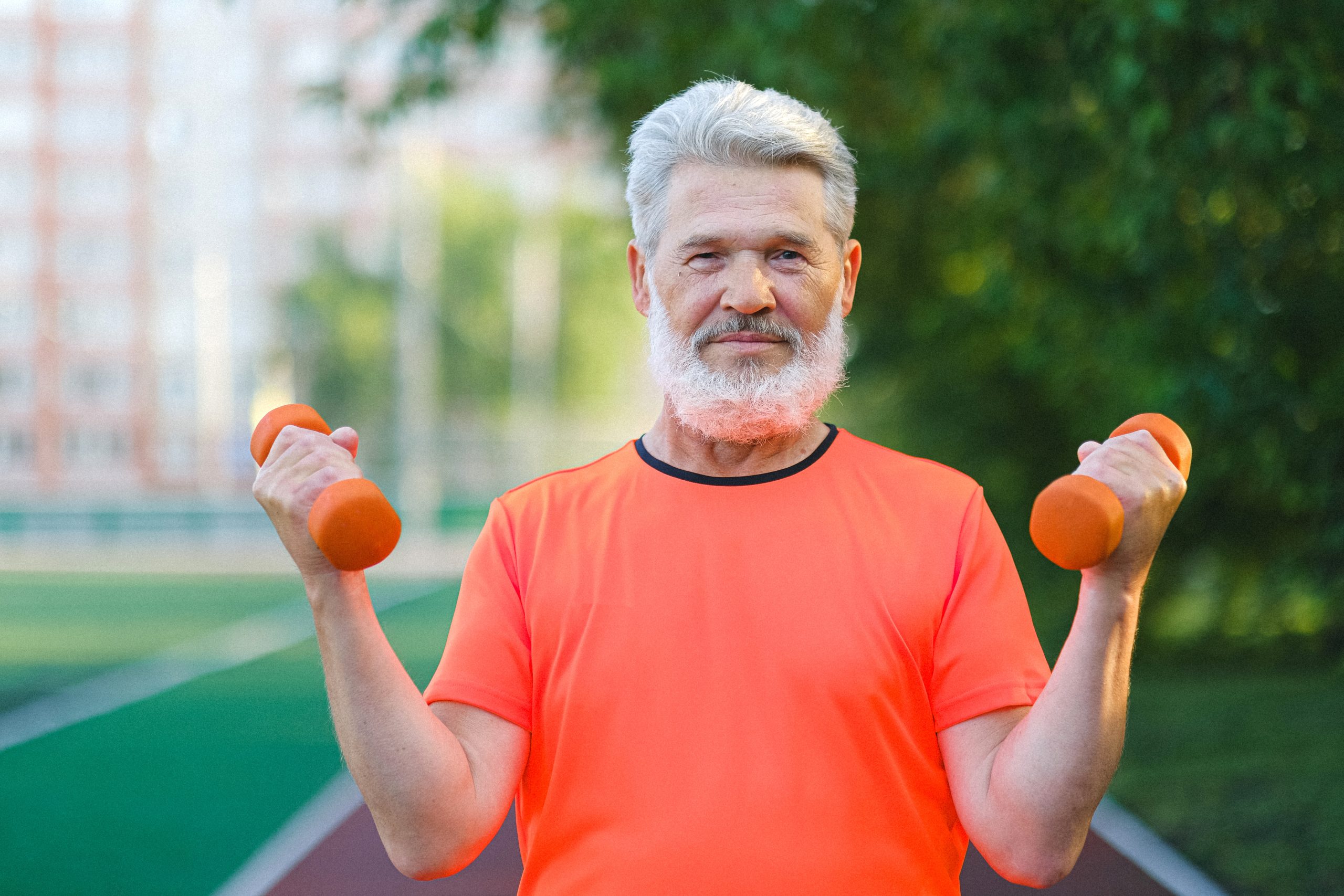Last Updated on January 14, 2024
As we age, our bodies naturally go through changes that can lead to decreased mobility, cognitive decline, and an increased risk of chronic diseases. While aging is an inevitable part of life, regular exercise has been shown to help combat many of these negative effects. In this article, we’ll explore the science behind how exercise fights aging and provide practical tips for incorporating exercise into your daily routine.
The Importance of Exercise for Healthy Aging
As the population ages, there is an increased focus on maintaining quality of life in later years. Exercise has been identified as one of the key factors that can help older adults maintain their physical and cognitive function, as well as reduce their risk of chronic disease. In this section, we’ll provide an overview of the benefits of exercise for healthy aging.
What Happens to Our Bodies as We Age?
Before diving into the benefits of exercise, it’s important to understand what happens to our bodies as we age. As we get older, our bodies experience a number of changes, including:
- Loss of muscle mass and strength
- Decreased bone density
- Slower metabolism
- Decline in cognitive function
- Increased risk of chronic diseases
How Exercise Can Help
Regular exercise can help combat many of these age-related changes. Some of the benefits of exercise for healthy aging include:
- Increased muscle mass and strength
- Improved bone density
- Increased metabolism
- Improved cognitive function
- Reduced risk of chronic diseases such as heart disease, diabetes, and cancer
The Science Behind How Exercise Fights Aging
While the benefits of exercise for healthy aging are well-known, the science behind how exercise fights aging is still being studied. In this section, we’ll explore some of the key mechanisms through which exercise can help combat the negative effects of aging.
Exercise and Muscle Mass
One of the most well-known benefits of exercise is its ability to increase muscle mass and strength. This is particularly important for older adults, as loss of muscle mass and strength can lead to decreased mobility and an increased risk of falls.
Research has shown that exercise can help increase muscle mass and strength by stimulating the production of new muscle proteins. Exercise also helps to improve the efficiency of the body’s use of amino acids, which are the building blocks of muscle.
Exercise and Bone Density
Another important benefit of exercise for healthy aging is its ability to improve bone density. As we age, our bones become more brittle and are more prone to fractures. Regular exercise, particularly weight-bearing exercise such as walking or weightlifting, can help improve bone density and reduce the risk of fractures.
Exercise helps to improve bone density by stimulating the production of new bone cells. This process is known as bone remodeling, and it is particularly important for maintaining bone health as we age.
Exercise and Metabolism
Metabolism naturally slows down as we age, which can make it more difficult to maintain a healthy weight. Exercise can help to counteract this by increasing metabolism and helping to burn calories more efficiently.
Research has shown that regular exercise can help to increase metabolism by stimulating the production of mitochondria, which are the energy-producing structures in cells. Exercise also helps to improve insulin sensitivity, which can help to regulate blood sugar levels and reduce the risk of diabetes.
Exercise and Cognitive Function
Another important benefit of exercise for healthy aging is its ability to improve cognitive function. Exercise has been shown to help improve memory, attention, and other cognitive abilities.
Exercise helps to improve cognitive function by increasing blood flow to the brain and stimulating the production of new brain cells. Exercise has also been shown to help reduce inflammation in the brain, which is a contributing factor to cognitive decline.
Practical Tips for Incorporating Exercise into Your Daily Routine
Now that we’ve explored the science behind how exercise fights aging, let’s take a look at some practical tips for incorporating exercise into your daily routine.
Choose Activities You Enjoy
The key to sticking with an exercise routine is to choose activities that you enjoy. This could be anything from walking to dancing to swimming. By choosing activities that you enjoy, you’ll be more likely to stick with them over the long-term.
Start Slowly and Gradually Increase Intensity
If you’re new to exercise, it’s important to start slowly and gradually increase the intensity of your workouts. This will help you avoid injury and ensure that you’re able to stick with your routine over the long-term.
Find a Workout Buddy
Working out with a friend or family member can be a great way to stay motivated and hold yourself accountable. It’s also a great way to spend time together and catch up on each other’s lives.
Incorporate Exercise into Your Daily Routine
Finding time for exercise can be challenging, especially if you have a busy schedule. One way to make exercise more manageable is to incorporate it into your daily routine. This could include things like taking the stairs instead of the elevator, parking farther away from your destination, or taking a walk during your lunch break.
Set Realistic Goals
Setting realistic goals is key to sticking with an exercise routine over the long-term. Instead of setting a goal to run a marathon, for example, start with a more manageable goal like running a 5K. Once you’ve achieved that goal, you can gradually increase the difficulty of your workouts.
Regular exercise is one of the most important things you can do to maintain your health and well-being as you age. By increasing muscle mass and strength, improving bone density, boosting metabolism, and enhancing cognitive function, exercise can help combat the negative effects of aging and reduce your risk of chronic disease. By incorporating exercise into your daily routine and choosing activities that you enjoy, you can improve your quality of life and stay healthy for years to come.
FAQs
- Can exercise really help combat the negative effects of aging? Yes, regular exercise has been shown to help combat the negative effects of aging and reduce the risk of chronic disease.
- What types of exercise are best for healthy aging? The best types of exercise for healthy aging include weight-bearing exercises like walking and weightlifting, as well as aerobic exercise like swimming and cycling.
- How often should I exercise to see results? To see results, it’s recommended that adults engage in at least 150 minutes of moderate-intensity exercise per week, or 75 minutes of vigorous-intensity exercise per week.
- What are some of the other benefits of exercise besides healthy aging? Exercise has been shown to have a wide range of benefits, including improved mood, reduced stress and anxiety, and better sleep.
- What should I do if I have a chronic health condition or injury? If you have a chronic health condition or injury, it’s important to talk to your doctor before starting an exercise routine. They can help you determine what types of exercise are safe for you and develop a plan that meets your individual needs.








